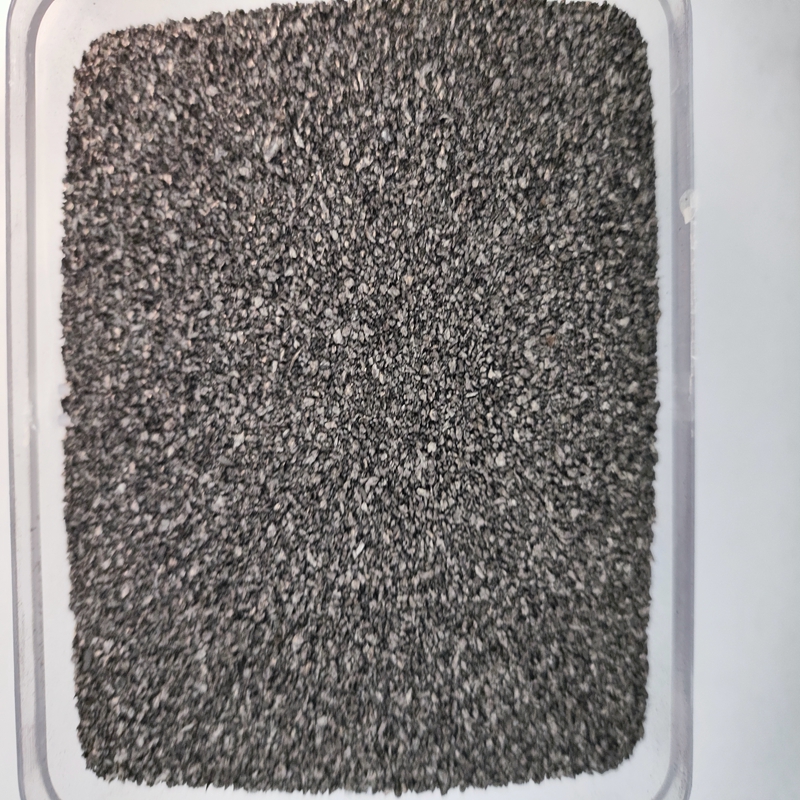Dec . 03, 2024 17:18 Back to list
Maximizing Adsorption Efficiency with Superior Absorbent Materials and Techniques
The Importance of High-Quality Adsorbability in Modern Materials
Adsorbability, the ability of a material to attract and hold molecules from a gas or liquid onto its surface, is a critical property in various applications ranging from environmental protection to industrial processes. High-quality adsorbability is increasingly sought after as industries strive to enhance efficiency and sustainability. In this article, we will explore the significance of high-quality adsorbability, its applications, and the materials that possess these desirable properties.
Understanding Adsorbability
Adsorbability differs from absorption. In adsorption, molecules adhere to the surface of a solid or liquid, while in absorption, the material penetrates the bulk of the absorbing substance. The performance of adsorbent materials is often measured by their surface area, pore size, and chemical affinity to the molecules being targeted. High-quality adsorbents exhibit characteristics such as increased surface area, optimal pore structure, and favorable chemical interactions, which enhance their efficiency in various applications.
Applications of High-Quality Adsorbability
One of the most critical applications of high-quality adsorbability is in environmental cleanup. Adsorbent materials, like activated carbon, zeolites, and biochar, are utilized to remove pollutants, heavy metals, and toxins from water and air. For instance, activated carbon has a high surface area, allowing it to effectively trap organic compounds and dangerous chemicals, making it vital for water purification systems. High-quality adsorbents can significantly reduce the concentration of contaminants, promoting a cleaner and safer environment.
2. Gas Storage and Separation
High-quality adsorbents are also essential for gas storage and separation. In industries where gas purity is paramount, such as in hydrogen fuel cells or natural gas processing, materials with superior adsorbability can selectively capture specific gases while allowing others to pass through. Metal-organic frameworks (MOFs) have gained prominence in this field due to their exceptionally high surface areas and tunable pore sizes, enabling them to store gases like methane and hydrogen efficiently.
high quality adsorbability

3. Catalysis
Many catalytic processes rely on high-quality adsorbable materials to enhance reaction rates and selectivity. Catalysts are often designed to facilitate the adsorption of reactants onto their surfaces, leading to more effective conversion into products. The design of these catalysts must consider the adsorbability of the materials involved to ensure optimal performance. For example, noble metals supported on high-surface-area materials exhibit enhanced catalytic properties due to their increased interaction with reactants.
4. Drug Delivery Systems
In the pharmaceutical industry, materials with high adsorbability are used in drug delivery systems. These materials can effectively bind therapeutic agents and control their release rate, enhancing their efficacy. Nanoparticles and hydrogels with engineered surfaces can improve drug adsorption properties, leading to more effective treatments with fewer side effects.
The Future of Adsorbable Materials
Research and development in the field of materials science are ongoing, focusing on creating new adsorbents with even higher adsorbability. Innovations such as nanotechnology, biomimetic materials, and advanced manufacturing techniques are paving the way for breakthroughs in adsorbent materials. The goal is to develop multifunctional materials that not only possess high adsorbability but also integrate other desirable features, such as biodegradability and cost-effectiveness.
Conclusion
In summary, high-quality adsorbability is a vital property that drives advancements in technology and industry. Its applications span environmental remediation, gas storage, catalysis, and drug delivery, impacting our daily lives and the health of our planet. As research continues, the future holds promise for developing even more efficient and effective adsorbent materials, ultimately leading to a more sustainable and innovative world. The pursuit of materials with exceptional adsorbability is not merely an academic endeavor; it is a crucial step toward addressing some of the most pressing challenges of our time.
-
Eco-Friendly Granule Covering Agent | Dust & Caking Control
NewsAug.06,2025
-
Fe-C Composite Pellets for BOF: High-Efficiency & Cost-Saving
NewsAug.05,2025
-
Premium Tundish Covering Agents Exporters | High Purity
NewsAug.04,2025
-
Fe-C Composite Pellets for BOF | Efficient & Economical
NewsAug.03,2025
-
Top Tundish Covering Agent Exporters | Premium Quality Solutions
NewsAug.02,2025
-
First Bauxite Exporters | AI-Optimized Supply
NewsAug.01,2025
